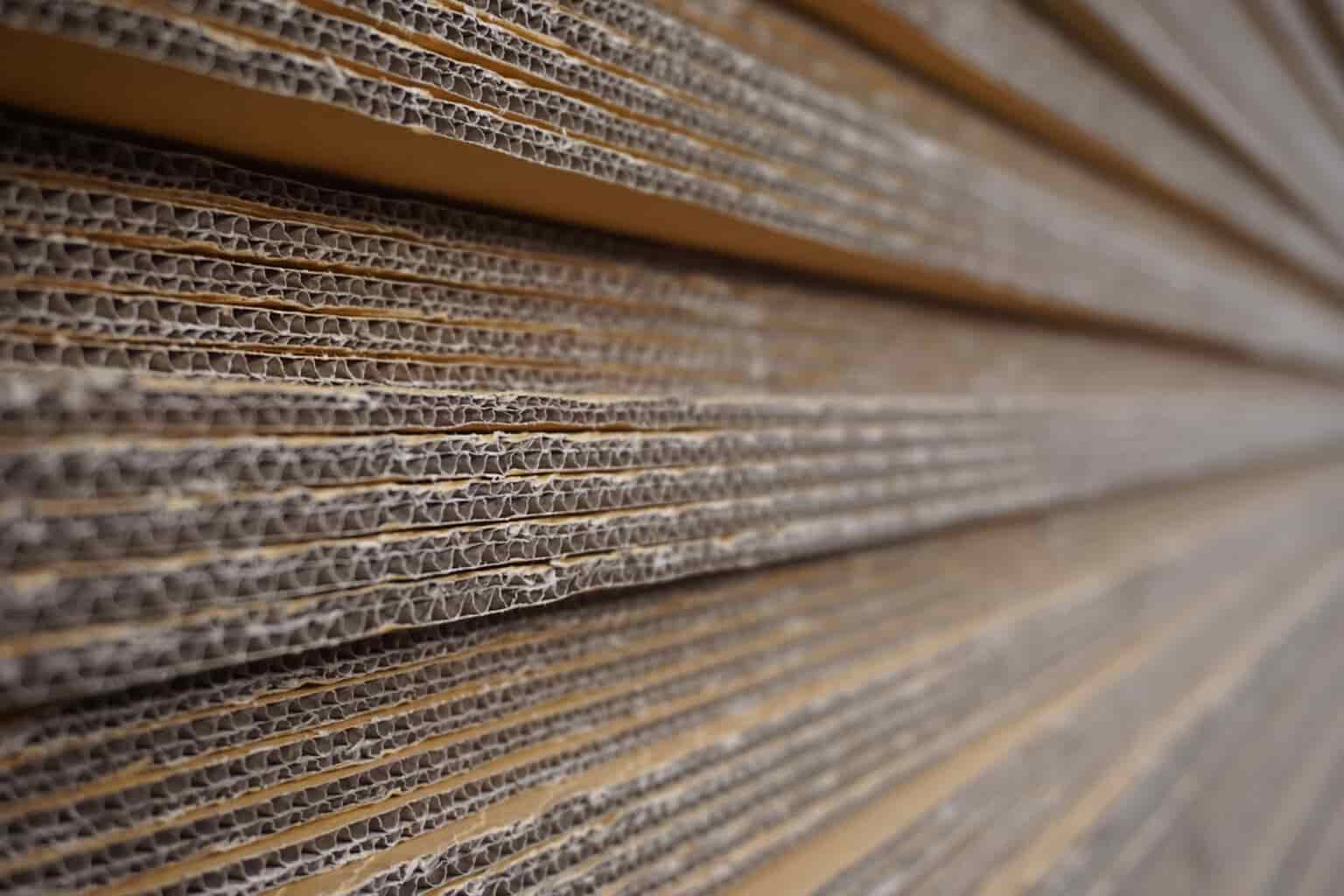Address
E-85, Datta Nagar, Ranjangaon Shen punji, Waluj, Chhatrapati Sambhaji Nagar, Maharashtra 431136
Work Hours
Monday to Friday: 10AM - 7PM
Weekend: 10AM - 5PM

When it comes to choosing the right packaging for your products, the strength and durability of your corrugated box is crucial. Whether you’re shipping fragile items, storing heavy goods, or simply protecting your product during transit, the flute inside the box plays a pivotal role in its performance. But what exactly is a flute, and how do the different types impact the strength of your corrugated boxes?
In this blog, we’ll explore the various flute types used in corrugated boxes and help you understand how each one affects box strength, cushioning, and suitability for different applications.
The term “flute” refers to the wavy, corrugated layer of paper that sits between two flat liners in a corrugated box. Flutes give the box its strength and ability to absorb shock, while also providing cushioning for the contents inside. The flute profile is defined by the height of the waves and the spacing between them, which ultimately determines the box’s rigidity, stacking strength, cushioning ability, and compression resistance.
There are several different flute types, each designed for specific applications. Let’s take a closer look at the most common flute profiles used in the corrugated packaging industry.
A-flute is the thickest and most rigid flute profile, providing excellent cushioning and superior protection for fragile products. It is commonly used for shipping delicate items such as glass, electronics, or other fragile goods that require extra padding during transit. Due to its thick structure, A-flute provides a high level of shock absorption, making it an ideal choice for packaging that needs to withstand rough handling or stacking.
B-flute is a medium-weight flute that strikes a balance between cushioning and strength. It’s thinner than A-flute but still offers good protection for products that aren’t overly fragile. B-flute is commonly used in retail packaging, display boxes, and packaging for lightweight electronics or cosmetic products. Its smaller wave size allows for finer detail in printing, which is why it’s often used for boxes that require branding or product information.
C-flute is the most common flute type in the packaging industry. It offers a good combination of strength and protection while maintaining a reasonable level of flexibility. Due to its versatility, C-flute is used in a wide range of applications, from shipping boxes to product packaging. The flute profile allows for strong stacking ability while providing adequate protection during shipping.
C-flute is typically the go-to choice for corrugated boxes in industries such as e-commerce, food packaging, and electronics. It’s strong enough to handle various products but not too thick, keeping costs manageable.
E-flute is a thinner, lighter flute type commonly used for packaging smaller or lighter products. It is typically used in point-of-purchase displays and retail-ready packaging where the primary focus is on aesthetic appeal rather than heavy-duty protection. E-flute offers a smooth surface for high-quality printing and is often chosen for consumer goods packaging, such as electronics, cosmetics, and small retail items.
Although E-flute doesn’t offer the same level of cushioning as thicker flutes, it provides a more compact, space-efficient packaging option for lighter products.
F-flute is the thinnest and most compact flute type. It is used primarily for small product packaging and high-end retail displays, where the goal is to offer an elegant, lightweight box that doesn’t sacrifice appearance for protection. F-flute is ideal for packaging items like jewelry, cosmetics, or small electronics that require an attractive presentation without heavy cushioning.
Despite being thinner, F-flute still offers some protection against compression and damage, but it is primarily used when the focus is on brand presentation and shelf appeal rather than heavy-duty durability.
Selecting the right flute type depends on several factors:
Corrugated boxes are a cornerstone of modern packaging, offering a variety of flute types to meet the diverse needs of different industries. By understanding the unique properties of each flute profile—A, B, C, E, and F—you can select the right box that not only protects your products but also fits your budget and branding requirements.